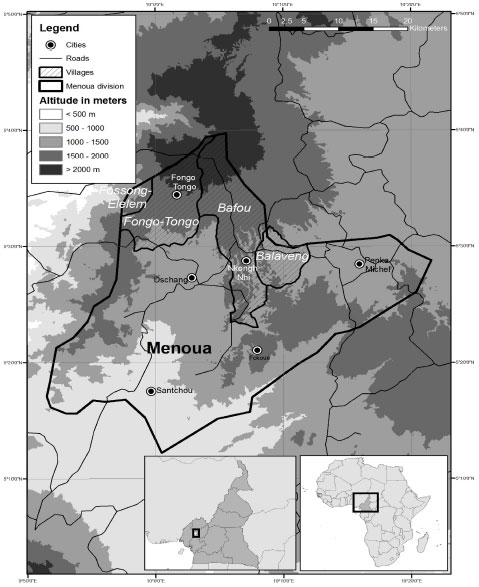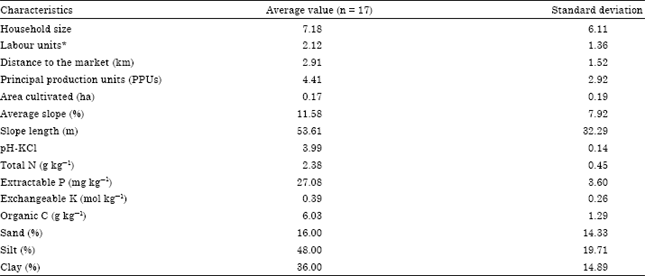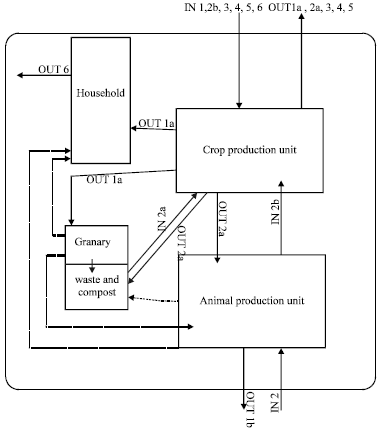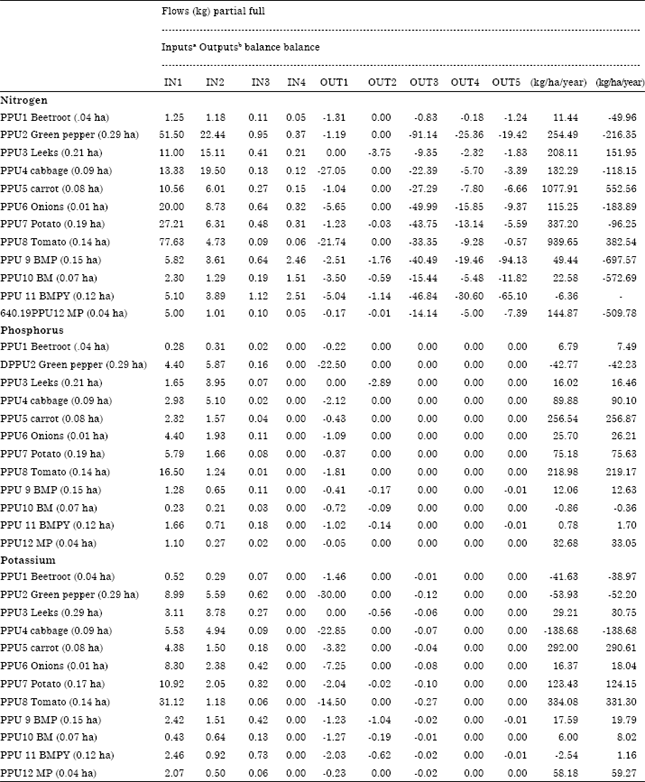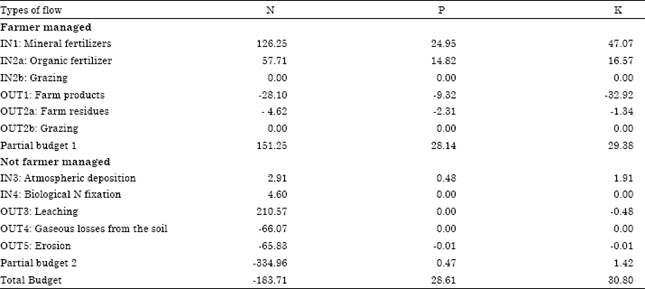Research Article
Soil Quality Assessment of Cropping Systems in the Western Highlands of Cameroon
Faculty of Agronomy and Agricultural Sciences, University of Dschang, P.O. Box 222, Dschang, Cameroon
G.R. de Snoo
Institute of Environmental Sciences, Leiden University, P.O. Box 9518, 2300 RA Leiden, The Netherlands
H.H. de Iongh
Institute of Environmental Sciences, Leiden University, P.O. Box 9518, 2300 RA Leiden, The Netherlands
G. Persoon
Department of Anthropology, Leiden University, P.O. Box 9518, 2300 RA Leiden, The Netherlands









